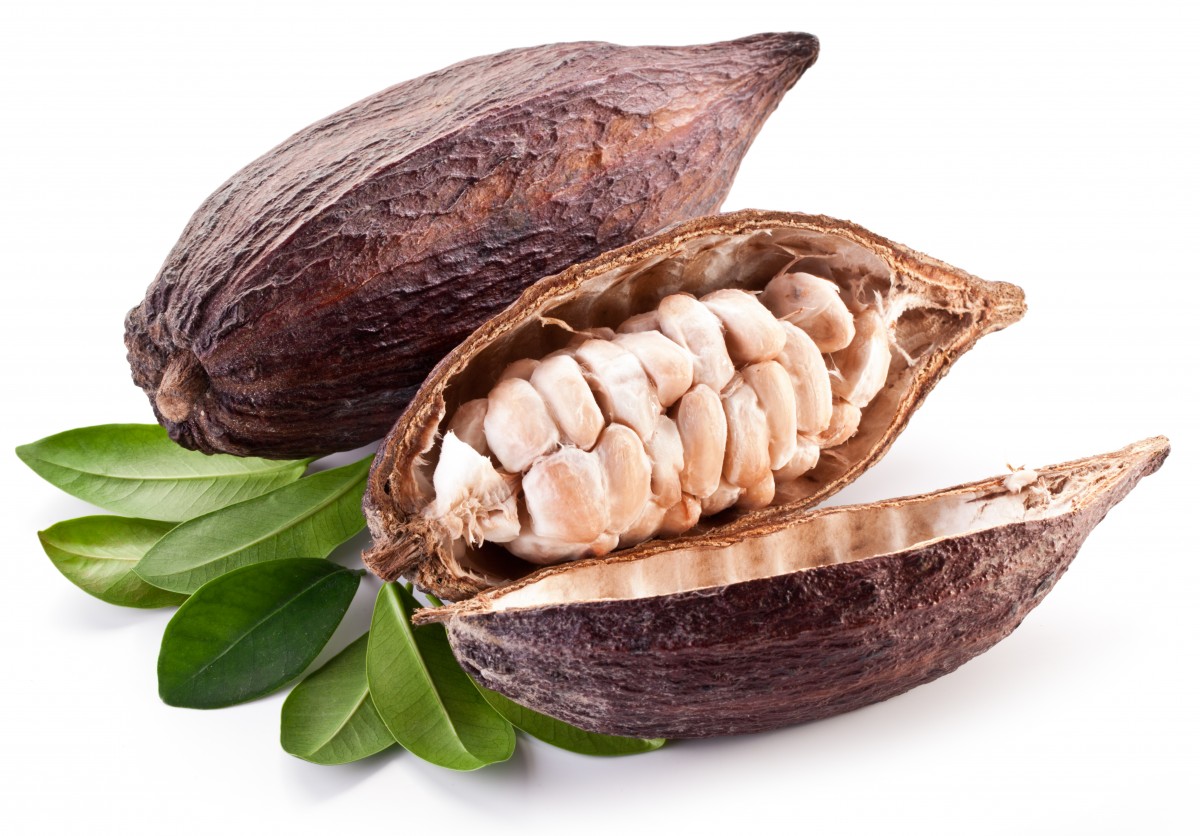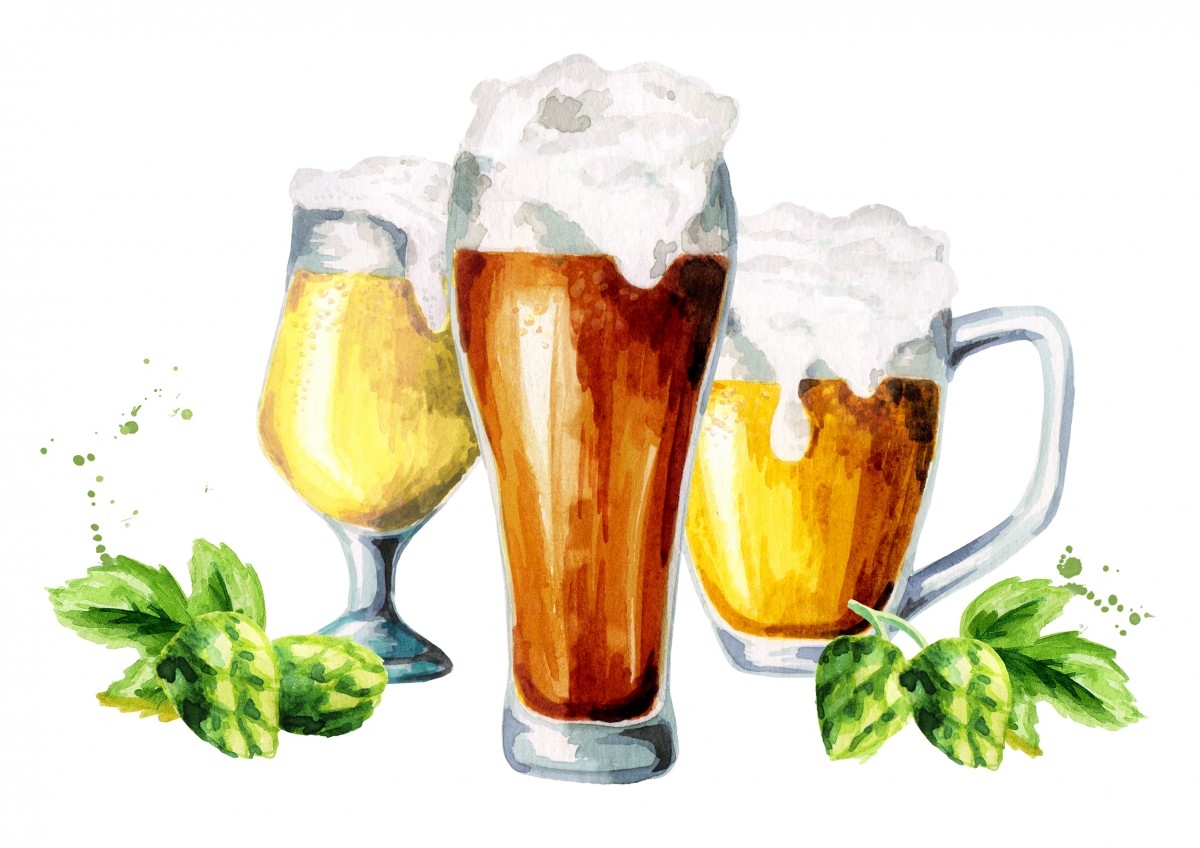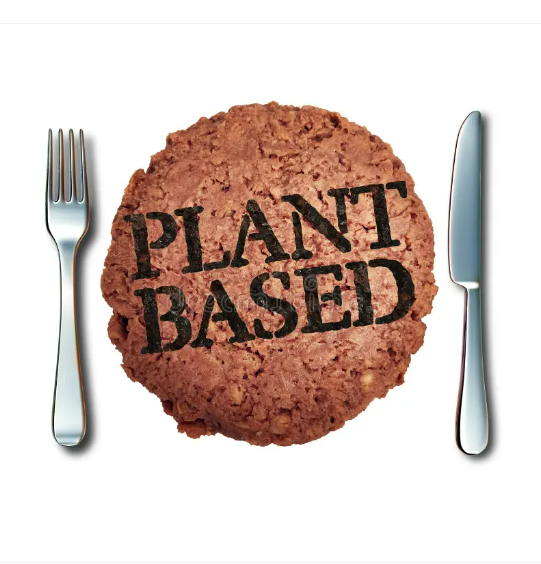
In DFC’s neck of the (literal) woods, we don’t get many trick-or-treaters. But I have many fond memories of busy Halloweens back when we lived in the suburbs. My kids especially loved going next door in their spooky costumes, to be rewarded by full-sized chocolate bars—the king of treats!—from our impressed neighbours.
Now, a team of researchers has shown that chocolate is not only the best thing to find in your pumpkin-shaped candy bucket tomorrow night. Its chief waste product—cocoa pod husks—could have big benefits for human health. The team, led by the University of St. Andrews, has processed the external hulls of the cocoa bean into a plant-derived flame retardant. This innovation is two-pronged: not only does it find a use for a whopping 20 million tonnes of biomass that’s usually just thrown out, it also has the potential to pivot the flame retardant industry away from harmful petrochemicals.
It all started with the fact that cocoa pod husks are high in lignin, a tough polymer found in hardwood trees and other woody plants, which can be processed out for practical applications.
“The researchers obtained cocoa husks and milled them into a powder. After rinsing to remove fatty residues, they boiled the powdered husks in a mixture of butanol and acid, a standard lignin extraction method called the butanosolv process. They next confirmed the isolated lignin’s quality and high purity, finding no evidence of carbohydrates or other contaminants.
Then, over the course of three chemical steps, the team modified the pure lignin biopolymer to have flame-retardant properties. They attached 9,10-dihydro-9-oxa-10-phosphaphenanthrene-10-oxide, which is a fire suppressant molecule called DOPO, into the backbone of the lignin polymer. In experiments, when the modified lignin was heated, it charred—but did not burn up—a sign that it could act as a flame retardant.”
The team’s results are promising enough that they plan to move into testing phases, including key human safety tests. Flame retardants have long been a necessary evil; Sure, they protect us from fires, but all the while they leach into our water, fellow animals, and even ourselves. Perhaps this new, chocolatey variation will bring as much joy to the environment as Halloween candy does to our tongues!

Longtime readers in this space might recall when we profiled “Torched Earth” ale, an offering from the famous Colorado brewers New Belgium. They gave drinkers a taste of a future in which we didn’t avert climate change – filling the beer with flavours of smoke (from wildfires, natch) and shelf-stable hops extract (hops needing reliable watering). Hoping to serve this brew as a warning bell, it was released for Earth Day 2021.
And now, two years later, with the warning gone unheeded, actual beer is now exhibiting some of the symptoms New Belgium gave us a preview of. The venerable Guardian reports that due to higher global temperatures – surprise surprise – hops production is down.
“In recent years, demand for high-quality hops has been pushed up by a boom in craft beers with stronger flavours. But emissions of planet-heating gases are putting the plant at risk, the study found.
The researchers compared the average annual yield of aroma hops during the periods 1971 – 1994 and 1995 – 2018 and found “a significant production decrease” of 0.13 – 0.27 tons per hectare. Celje, in Slovenia, had the greatest fall in average annual hop yield, at 19.4%. […]
The researchers modelled the effect of future warming on crops using an emissions scenario similar to current policies. By 2050, they found, hop yields will fall 4.1 – 18.4% compared with the average from 1989 – 2018 if no measures are taken to adapt. The projected decline will be driven mainly by hotter weather and more frequent and severe droughts.”
The researchers cited above (from the Global Change Research Institute of the Czech Academy of Sciences) state that if these trends continue, beer producers will have to increasingly invest in pricey interventions to keep their products flowing. This is not just expensive for individual producers and the industry, but can lead to even more harmful emissions as precious hops get shuffled around the planet! And this is not a regional problem: While a world without beer might seem trivial to some, it represents an increase in the temperature of the water that all of us frogs are in. If not now, when will we jump out?
Good news for tzatziki lovers! A team out of Ohio State University has been looking for food combos that reduce the pungency of garlic breath. Through a series of lab experiments, they’ve determined that high-fat and high-protein foods work the best. That means that Greek yogurt might prove the magic elixir to save us all from the next bad job interview.
Their experiments were intriguing, yet delightfully simple:
“For each treatment experiment, the researchers placed equal amounts of raw garlic in glass bottles and confirmed the cluster of offending sulfur-based volatiles were released in concentrations that would be detected by the human nose. They used mass spectrometry to measure levels of the volatile molecules in gaseous form present before and after each treatment.
Results showed that yogurt alone reduced 99% of the major odor-producing raw garlic volatiles. When introduced separately, the fat, water and protein components of yogurt also had a deodorizing effect on raw garlic, but fat and protein performed better than water.
In the case of fat, a higher quantity of butter fat was more effective at deodorization. The proteins studied included different forms of whey, casein and milk proteins, all of which were effective at deodorizing garlic — likely because of their ability to trap the volatile molecules before they were emitted into the air. A casein micelle-whey protein complex performed the best.”
The team published their current research in the journal Molecules, and plans to further refine it with human-mouth trials soon. (That’s gonna be fun…) I find the chemistry that undergirds the foods we take for granted fascinating. It’s positively elegant that the solution to a food-based problem can be as easy as — more food! Now, I’m off to contemplate adding yogurt to our line of garlicky condiments… I’ll let you know how it goes!

From my long experience running a kosher household, I am very familiar with the many ways to replace meat in a meal! Lentils and mushrooms are fun, but they are very distinctively themselves; and while the offerings in the “fake meat” department, made with soy and pea protein, mimic flesh, they are often missing that special something: fatty mouthfeel. This leads to dishes that are “close but no cigar,” or outright dry as heck.
Thankfully, a team at the University of Leeds has taken on this conundrum on behalf of meat-decliners everywhere. They’ve developed a process of embedding extra water inside plant proteins, a concept they call microgelation. In, for example, a burger, the inexpensive addition is read by the diner’s tongue as juiciness appropriate to the dish, making for a more authentic—and tastier!—result.
“Plant proteins – which start off as dry with a rough texture – are placed in water and subjected to heating. This alters the structure of the protein molecules which come together to form an interconnected network or gel which traps water around the plant proteins.
The gel is then homogenized, which breaks the protein network into a microgel made up of tiny particles that cannot be seen with the naked eye. Under pressure, as they would be when they are being eaten, the microgels ooze water, creating a lubricity akin to that of single cream [about 18% milk fat].”
The researchers used an atomic force microscope to observe the behaviour of the water molecules, which confirmed the predictions their math made. They envision that this innovation will not just make current vegans’ and vegetarians’ lives better, but can help convert even more omnivores away from meat eating. Hopefully enough to have an effect on factory farming rates and the environmental fallout thereof! I love that this makes plant-based bliss even more accessible. Especially in a special holiday dinner made by yours truly—in my house, taste is the most important result of scientific endeavour!

There’s a very good reason humans love sugar: In our evolutionary past, our brains required huge amounts of fuel to become the giant meat computers we have today, and we’re still hardwired to seek out that quick energy boost in any way we can. But, in our modern societies, sugar is more plentiful than it was long ago, and that urge to gorge on sweet berries because who knows when we’ll find them again is fulfilled far more than it should be.
Hence our (shorter) history of trying to cook up decent sugar substitutes—ones that lessen the burden on the body while still having the mouthfeel and sweetness level that our brains and tongues know oh so well. Once upon a time, there was aspartame, which I always thought gave Diet Cokes an unpleasant aftertaste. Most of us find even the most up-to-date alternatives, like stevia, unsatisfying.
But a team of researchers has delved deep into the complex chemistry of sugar’s unique flavour, uncovering building blocks that could potentially be used to replicate it from the ground up. Central to their work is cracking the length of time human taste buds perceive the sweetness of a substance. True sugar disappears rather fast, while artificial versions linger weirdly.
“Previously, Grant DuBois and colleagues observed that sodium chloride and potassium chloride could accelerate the onset of sweetness and eliminate its persistence for one stevia compound, rebaudioside A. […]
In initial tests with a trained sensory panel, the researchers observed that calcium chloride, magnesium chloride, and potassium chloride each separately reduced the perceived intensity of rebaudioside A after two minutes. However, again, high amounts of mineral salt were needed to lower the intensity by more than 30%, which caused unpleasant saltiness or bitterness sensations. Next, mixing the three taste-modifying salts had synergistic effects, allowing the team to use lower amounts of each for the same effect. A blend of the potassium, magnesium, and calcium salts reduced the lingering sweetness up to 79% and markedly increased the sugar-like mouthfeel of 10 noncaloric alternatives.”
It seems the secret to sugar’s success is salt! The team is excited by the near-perfect replication of sugar and theorizes future use in reduced-calorie beverages, for which there is a significant market. It is always good to have more options as we navigate taking care of these bodies of ours. Real sugar is a treat I could never give up, but I’d be happy to try this new technology—for science!